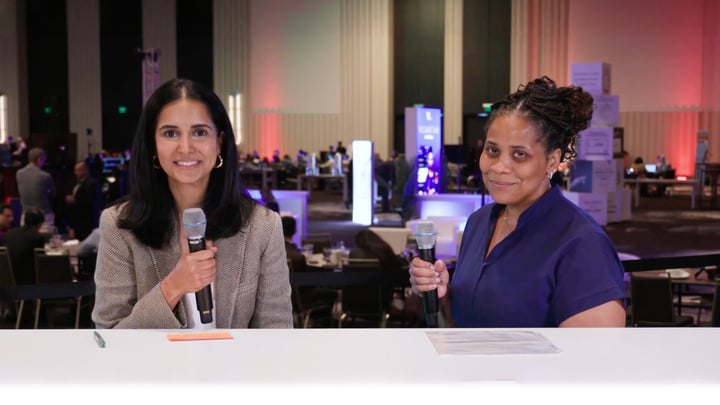Data-Driven Cardiac Care: Duke University’s Approach to Remote Monitoring
In today’s healthcare landscape, particularly in cardiac care, data analytics plays an essential role in improving patient outcomes and optimizing workflows. Remote monitoring of cardiac devices has become a critical tool for physicians, allowing them to track and respond to their patient’s heart health with greater precision and speed.
Dr. Camille Frazier-Mills, MD, MHS, Professor of Medicine and Cardiac Electrophysiologist at Duke University, emphasizes data from these devices is not just about gathering information but transforming it into actionable insights. The ability to combine real-time data from implanted devices with other clinical data, such as patient history, lab results, and testing, helps clinicians create a more comprehensive picture of a patient's health. This allows for the identification of potential risks before they escalate into serious issues.
The key is in filtering through the vast amount of data generated by these devices to focus on what is truly important—finding the “signal in the noise,” as Dr. Frazier-Mills describes it. This is where advanced technologies come into play, helping streamline the data collection process and make it more efficient for providers and patients. Innovative systems can triage alerts, prioritizing the most urgent cases and reducing clinician workload by preventing unnecessary clicks and distractions.
Integration of these systems with electronic health records (EHRs) is another significant step forward. By ensuring seamless access to all pertinent data within a single system, providers can avoid switching between platforms, reducing administrative burdens. This efficiency helps clinicians manage their time better and ensures timely intervention for patients at higher risk of adverse events.
Looking ahead, the ability to analyze trends and detect early signs of arrhythmias or heart failure, clinicians can intervene earlier, potentially preventing the need for more invasive treatments like ablations or pacemaker adjustments. Moreover, data-sharing across institutions can unlock new research opportunities, helping to advance medical knowledge on a larger scale.
As Dr. Frazier-Mills points out, modern cardiac remote monitoring is not just about technology but about enhancing the overall care experience—making processes simpler, more integrated, and ultimately more beneficial for both patients and providers.
